
As the women across the world are making it big in several sectors, this International Women’s Day we look at the top 5 leaders across the world who have made their names sealed in the books of history.
- Angela Merkel
Born in 1954, Germany’s first female chancellor Angela Merkel has become the icon for the country since she stepped in to politics.
Since the fall of the Berlin Wall in 1989, Merkel decided to join politics and entered the newly formed Democratic Awakening and in under a year, became the spokesperson of the party. Soon after, her party joined the Conservative Alliance for Germany, which was in coalition with German Social Union and the Cristian Democratic Union.
In Germany’s first and only free election in March 1990, Angela Merkel’s party won with a mere 0.9% vote share and Merkel was made the deputy spokesperson of the government of CDU.
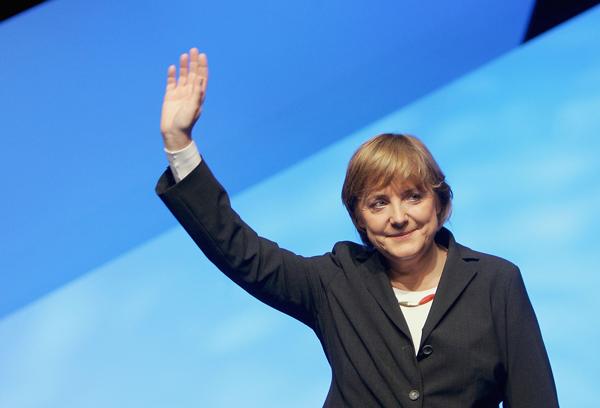
While in the first election after the reunification in December 1990, Merkel won her seat in the Bundestag (lower house of Parliament) and was appointed Minister for Women and Youth.
After a ‘grand coalition’ government settled by the CDU-CSU and SPD, on November 22, 2005 Angela Merkel became the first woman chancellor to head Germany. Now, she has become an icon for the country and has emerged as one of the strongest leader of the European Union.
- Sheikh Hasina
Born in 1947, Sheikh Hasina Wazed has emerged as the strongest leader of Bangladesh and has become a leading political figure in the Asian region.
Bangladesh’s first free general election took place in 1991 but Hasina had failed to gather a comfortable majority in the Parliament and it was the Opposition leader Khaleda Zia of Bangladesh Nationalist Party who took the charge. Although, it was the grit and the perseverance of Hasina which didn’t shook her confidence and her party Awami league protested against the dishonest and autocratic rule of Khaleda Zia.
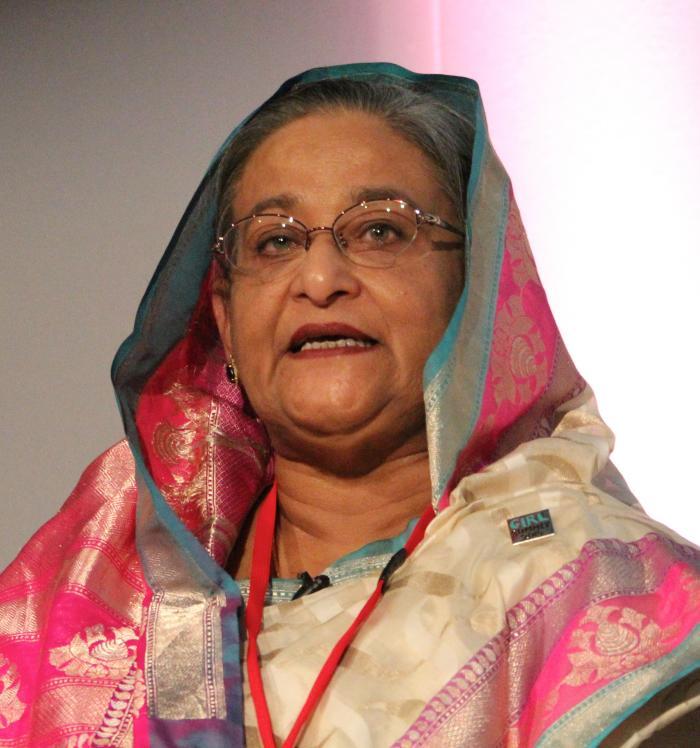
Soon after, in 1996, when Zia relinquished her office, Sheikh Hasina became the Prime Minister of Bangladesh and in 2001, she became the first PM of the country to complete the 5 year-term. While in a grenade bomb attack in 2004, Hasina sustained minor injuries during a rally and the political atmosphere of the nation became volatile.
In 2007, a military backed government declared a state of Emergency in the country and both the leaders, namely Sheikh Hasina and Khaleda Zia were arrested on the charges of corruption, extortion etc.
Released in 2008 after emergency was lifted, General Election took place in December and Hasina with her party Awami league won with a complete majority.
And since then, the brave iconic leader of Bangladesh has not seen back. She recently won the election to start her 4th term as PM.
- Aung San Suu Kyi
Born in 1945, Myanmar’s iron lady and Nobel Peace Prize winner Aung San Suu Kyi has changed the scenario of the country since she came in the limelight and forefront to help the people.
Starting the journey with a protest, the military government in 1989 had placed Suu Kyi under house arrest and the only condition to be free was to leave the country but she resisted from doing so, continued her struggle against the autocratic rule of the military.
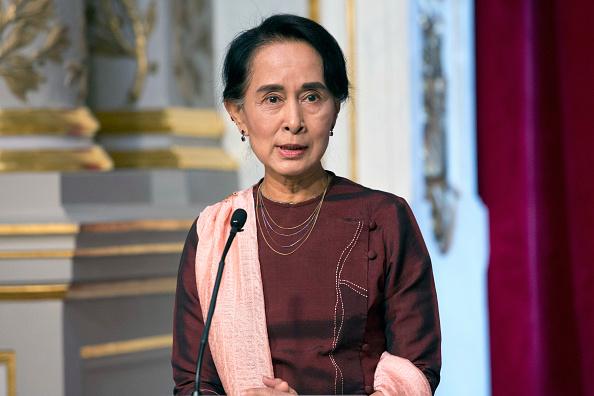
She was freed as soon as the civilian government took charge and in the 1990 elections, her party National League for Democracy (NLD) won almost 80% of the parliamentary seats but the results were ignored by the military, although recalling it two decades later in 2010.
Even after protests intensified, Suu Kyi was kept under house arrest and the Nobel Peace Prize which she was awarded was accepted by her son Alexander Aris. Later on, one of the toughest she fought was in 1999 when her husband Michael Aris, who was earlier denied a visa to visit Suu Kyi, passed away. And as Suu Kyi knew that if she flies to London, she would never be able to re-enter Myanmar, she resisted and remained in the country.
Amidst the tension, the situation started getting better and normalizing post 2011 and in April 2012, Suu Kyi won the elections again. Initially, she held four posts in the government, namely minister of energy, minister of education, foreign minister, and minister in the president’s office but resigned from the first two in the first week itself.
But a new post was created by the legislature and a student of Lady Sri Ram College of Delhi University, Aung San Suu Kyi became the first State Counsellor of Myanmar.
- Theresa May
Born in 1956, Theresa May was the single child of an Anglican Minister and she grew up studying in both government and private run school before she could matriculate at the University of Oxford.
One interesting alliance that happened in Oxford was at a dance function, wherein Theresa May was introduced to Philip May (and both married in 1980), by another student Benazir Bhutto, who went on to become the first woman Prime Minister of Pakistan.
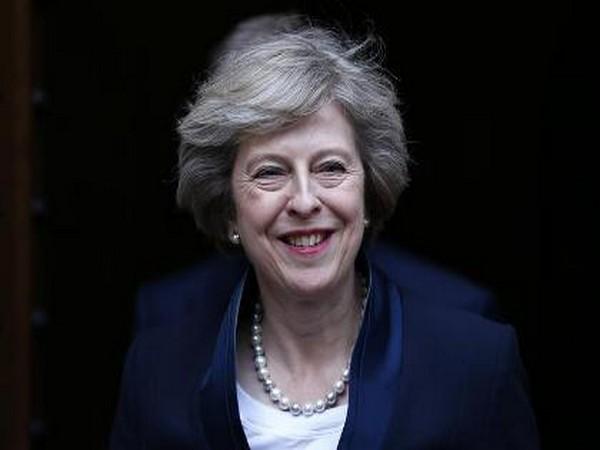
After beginning her political career as Councillor in 1986 in London’s Merton, May remained at this post until 1994. But she raced ahead in the political graph after getting elected to represent Maidenhead in the House of Commons in 1997.
While she became the shadow secretary of state for several ministries from 1999-2009, May also became the first woman to chair the Conservative Party and, in that capacity, she tried to increase the number of female Member of Parliament to bring modernity and a new approach.
And after Prime Minister David Cameron stepped down following the Brexit referendum, it was Theresa May who became the second woman to become the PM of the United Kingdom in British history in July 2016.
- Hillary Clinton
Born in 1947, lawyer by profession and one of the most prominent female face of the United States, Hillary Clinton served as the First Lady from 1993-2001 during her husband Bill Clinton was the President. She was a US senator (2001-2009) and Secretary of State (2009-2013) under the Presidentship of Barack Obama.
As her parents had set a high academic standard and always imbibed her to work hard, Hillary became the epitome of success in college and during her stint as the student leader in public schools. And during this time, she got associated with Republican Party and started campaigning for presidential candidate Barry Goldwater in 1964. Although, after she got admitted to Wellesley College, the transformation in her political ideology started and Hillary shifted towards the Democratic Party.
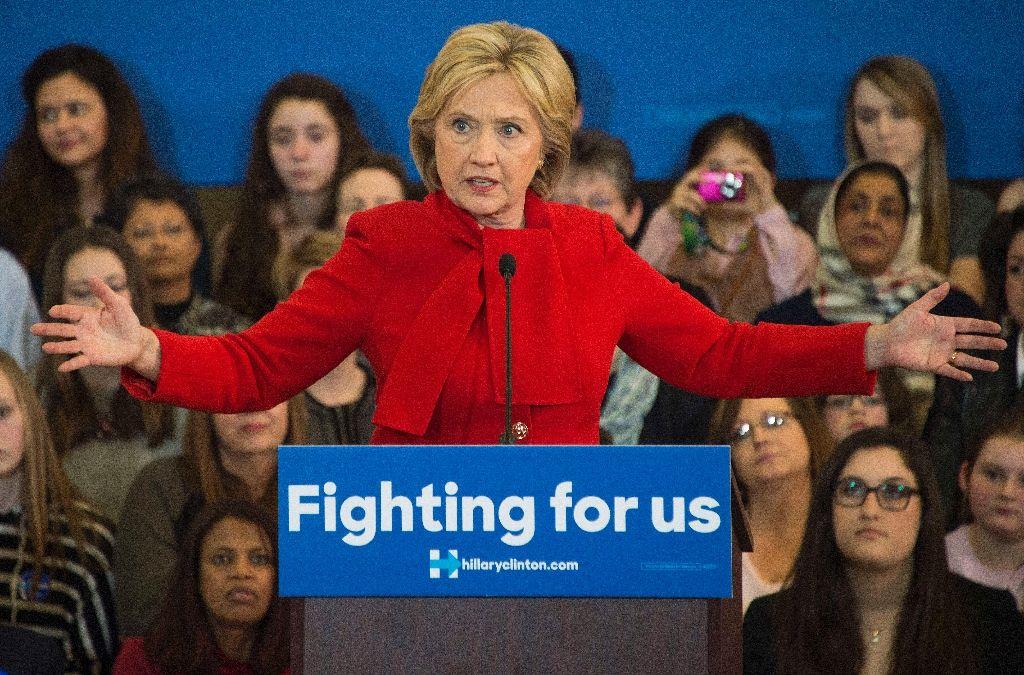
After the assassination of Malcolm X, Robert F. Kennedy, and Martin Luther King Jr, Hillary joined Democratic Party. She met Bill Clinton while pursuing her law at the Yale University. It was in Arkansas that the twain met again and Hillary married Bill Clinton in 1975.
Bill was elected as the governor of Arkansas in 1978 and Hillary became the First Lady, although she worked on with the programs which aided the disadvantaged children and the humanitarian causes while she kept practicing her law side by side.
By now, she had become a global icon but her name reverberated in every household when she stood up to contest the Presidential election in 2008 (won by Barack Obama) and later on, in 2016, won by Donald Trump. But, even in her loss, the Democratic party’s nominee for President became the first woman to top the presidential ticket of a major party in the US.
Also read: Women’s Day 2019: Meet Indian women who broke world records and got registered in the Guinness Book
First published: 6 March 2019, 12:46 IST



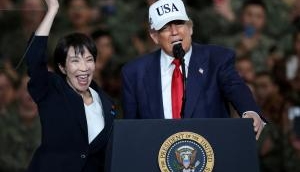


![BJP's Kapil Mishra recreates Shankar Mahadevan’s ‘Breathless’ song to highlight Delhi pollution [WATCH] BJP's Kapil Mishra recreates Shankar Mahadevan’s ‘Breathless’ song to highlight Delhi pollution [WATCH]](https://images.catchnews.com/upload/2022/11/03/kapil-mishra_240884_300x172.png)

![Anupam Kher shares pictures of his toned body on 67th birthday [MUST SEE] Anupam Kher shares pictures of his toned body on 67th birthday [MUST SEE]](https://images.catchnews.com/upload/2022/03/07/Anupam_kher_231145_300x172.jpg)






